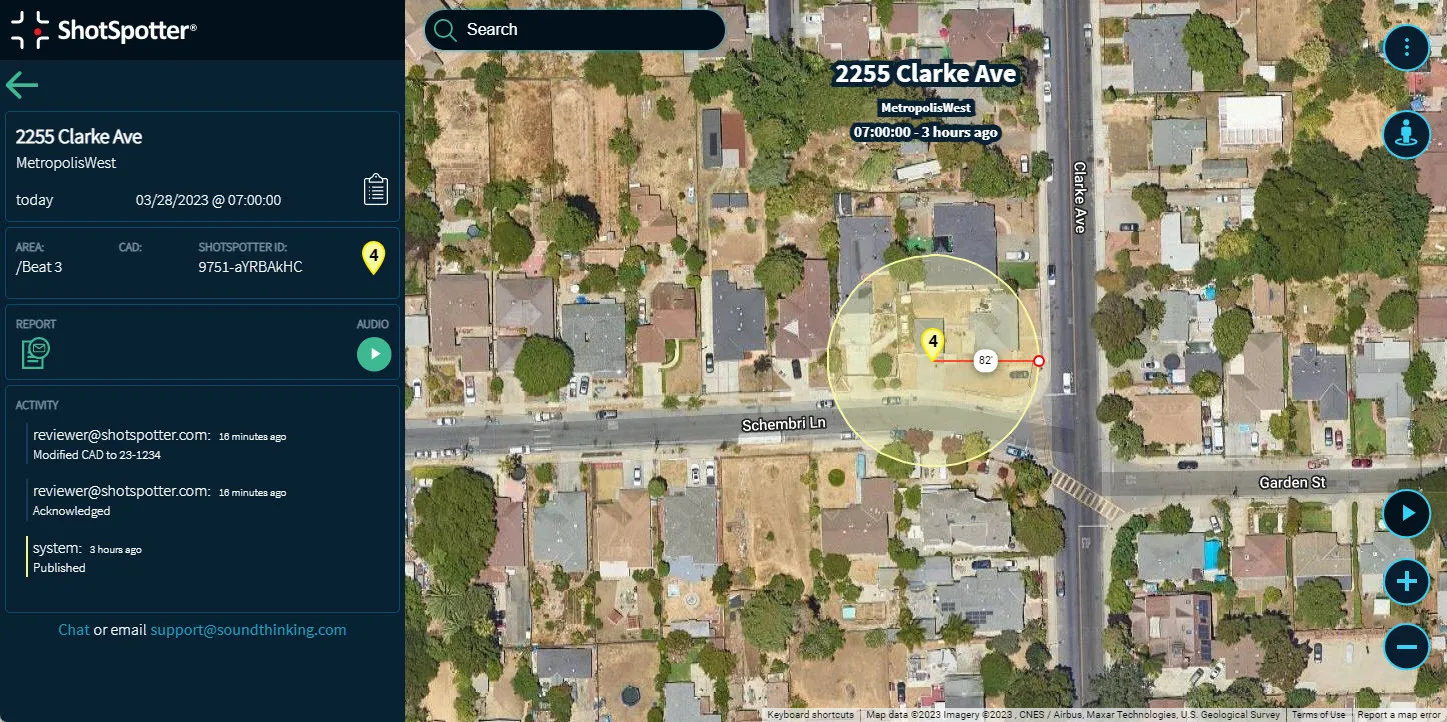The role of law enforcement has never been more complex. With evolving crime trends, growing public scrutiny, and the increasing demand for transparency, agencies must embrace innovative solutions to enhance operational effectiveness. Technology is no longer a luxury; it is an essential tool that can transform policing, making it more efficient, data-driven, and community-oriented.
For law enforcement executives and elected officials, the challenge is not only adopting new technologies but ensuring they are implemented effectively, ethically, and sustainably. This article explores key strategies for leveraging technology in public safety, overcoming implementation challenges, and driving long-term success in modern policing.
The Evolution of Public Safety Technology
Policing has always adapted to technological advancements. From two-way radios to modern-day real-time crime centers, technology has played a crucial role in enhancing public safety. Today, data analytics, AI-driven policing tools, and real-time monitoring systems have revolutionized law enforcement.
One example is the implementation of Strategic Decision Support Centers (SDSCs) in cities like Chicago, Baltimore, and Miami-Dade, where integrated technologies such as ShotSpotter, predictive analytics, and surveillance cameras have significantly improved response times and reduced violent crime. These innovations highlight the shift from reactive to proactive policing—allowing agencies to anticipate and mitigate crime before it happens. In 2018, as Commander of the Chicago Police Department’s 11th District, I piloted one of two Strategic Decision Support Centers, utilizing acoustic gunshot detection, HunchLab (a predictive policing software platform that leveraged data analytics to forecast crime hotspots and optimize resource deployment to prevent crime), and fixed video cameras with 11th District sworn personnel, civilian crime analysts from the University of Chicago’s CrimeLab, and outside policing consultants and law enforcement experts. This initiative led to a double-digit reduction in violent crime in the 11th Police District and enhanced cooperation with District officers and members of the Chicago Police Department’s Bureau of Detectives.
Lessons Learned:
- Technology-driven strategies can significantly reduce violent crime when integrated effectively.
- Collaboration with frontline officers is key to ensuring successful implementation and buy-in of new tools.
- Data-driven decision-making enhances operational efficiency and responsiveness.
Implementing a Data-Driven Policing Strategy
Harnessing Real-Time Crime Data
Crime mapping, patrol operations tools, and gunshot detection systems enable law enforcement to respond swiftly and strategically. ShotSpotter technology, for example, provides real-time alerts on gunfire incidents, reducing response times and increasing situational awareness.
Integrating Intelligence Platforms
Executives should prioritize the integration of body-worn cameras, license plate recognition systems, and social media monitoring tools into a centralized intelligence platform. This consolidation allows law enforcement to develop a comprehensive, real-time understanding of criminal activity.
The Role of CompStat in Accountability
CompStat (Comparative Statistics) plays a crucial role in law enforcement accountability by utilizing real-time crime data to assess agency performance. By holding leadership accountable for crime trends, resource allocation, and strategic deployment, CompStat enhances transparency and ensures data-driven decision-making. This system enables agencies to track progress, identify emerging crime patterns, and adjust strategies accordingly, reinforcing accountability at all levels of policing.
Measuring Impact and Success
To justify investments, agencies must track performance using Key Performance Indicators (KPIs) such as crime reduction rates, response time improvements, and community engagement metrics. Data-driven decision-making ensures resources are allocated effectively and demonstrates accountability to the public.
Overcoming Organizational and Budgetary Challenges
Managing Internal Resistance
One of the greatest obstacles to adopting new technology is resistance from within the agency. Leadership must communicate the tangible benefits of these tools—enhanced officer safety, increased efficiency, and improved community relations—to gain buy-in from personnel.
Securing Funding for Technological Investments
Elected officials play a critical role in securing funding through federal grants, state allocations, and public-private partnerships. Programs such as the Edward Byrne Memorial Justice Assistance Grant (JAG) and Department of Homeland Security grants provide funding opportunities for law enforcement technology initiatives.
Ensuring Policy and Compliance
Executives and policymakers must work together to establish clear policies regarding data privacy, surveillance, and ethical technology use. Transparency in policy development helps build community trust while mitigating legal risks.
Building Public and Private Partnerships for Sustainable Innovation
Engaging with Technology Vendors
Partnering with trusted technology providers ensures law enforcement agencies adopt solutions that are reliable, scalable, and tailored to public safety needs.
Collaboration with Academic Institutions
Engaging with research centers and universities allows agencies to leverage data-driven insights to improve crime prevention strategies and evaluate the effectiveness of technology adoption.
Community Involvement and Transparency
Public trust is essential in technology adoption. Establishing citizen advisory boards, hosting town hall meetings, and implementing transparency measures (such as publishing data on technology effectiveness) helps foster public confidence and support.
Ethical Considerations: Balancing Innovation with Public Trust
Technology can be a double-edged sword if not used responsibly. Law enforcement executives and policymakers must ensure technology is deployed ethically and with proper oversight.
- Addressing Privacy Concerns: Agencies should implement clear guidelines on data collection, retention, and access to prevent misuse.
- Transparency in AI and Surveillance: As facial recognition and predictive analytics become more prevalent, agencies must establish ethical guidelines and oversight mechanisms to prevent bias and discrimination.
- Training for Responsible Use: Officers and leadership should undergo continuous training to ensure compliance with legal and ethical standards.
Looking Ahead: Future Trends in Law Enforcement Technology
Emerging technologies will continue to reshape policing. Law enforcement executives and policymakers must stay ahead of these trends to remain effective.
AI and Machine Learning in Crime Prevention
Advanced algorithms can analyze crime patterns, predict hotspots, and optimize resource allocation, allowing agencies to deploy personnel more effectively.
Expanding Autonomous Surveillance Tools
Drones, facial recognition systems, and smart sensors will play an increasing role in crowd monitoring, search-and-rescue operations, and public safety management.
Cloud-Based Evidence Management
The transition to cloud-based systems for evidence storage and digital case management will streamline operations and enhance collaboration between law enforcement agencies and prosecutors.
Conclusion: The Executive’s Role in Driving Innovation
Technology is not a replacement for policing—it is a force multiplier that enhances the effectiveness of law enforcement agencies. To successfully integrate new technologies, executives must:
- Lead with a strategic vision, aligning technology adoption with organizational goals.
- Prioritize ethical considerations to maintain public trust and compliance with legal standards.
- Foster collaboration between law enforcement, elected officials, technology partners, and the community.
By embracing technology as a core component of modern policing, law enforcement executives and policymakers can create safer, smarter, and more accountable public safety systems that meet the demands of today’s society.
Call to Action
For law enforcement leaders and elected officials, the time to act is now. Evaluate your agency’s current technology infrastructure, identify key areas for improvement, and collaborate with stakeholders to implement solutions that enhance public safety. The future of policing depends on the decisions made today—let’s make them count.
Contact us to see how SoundThinking can be part of your agency’s technology future





